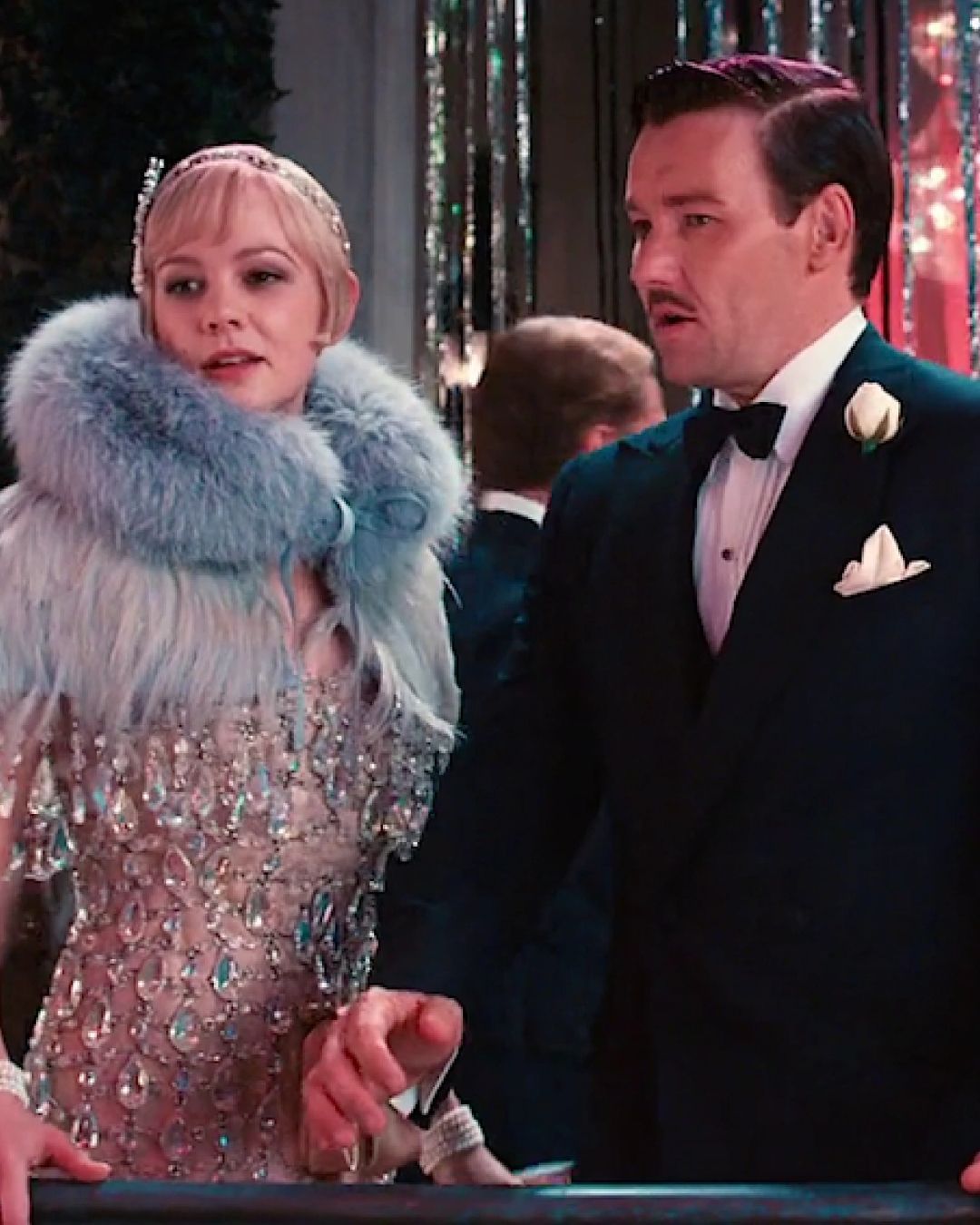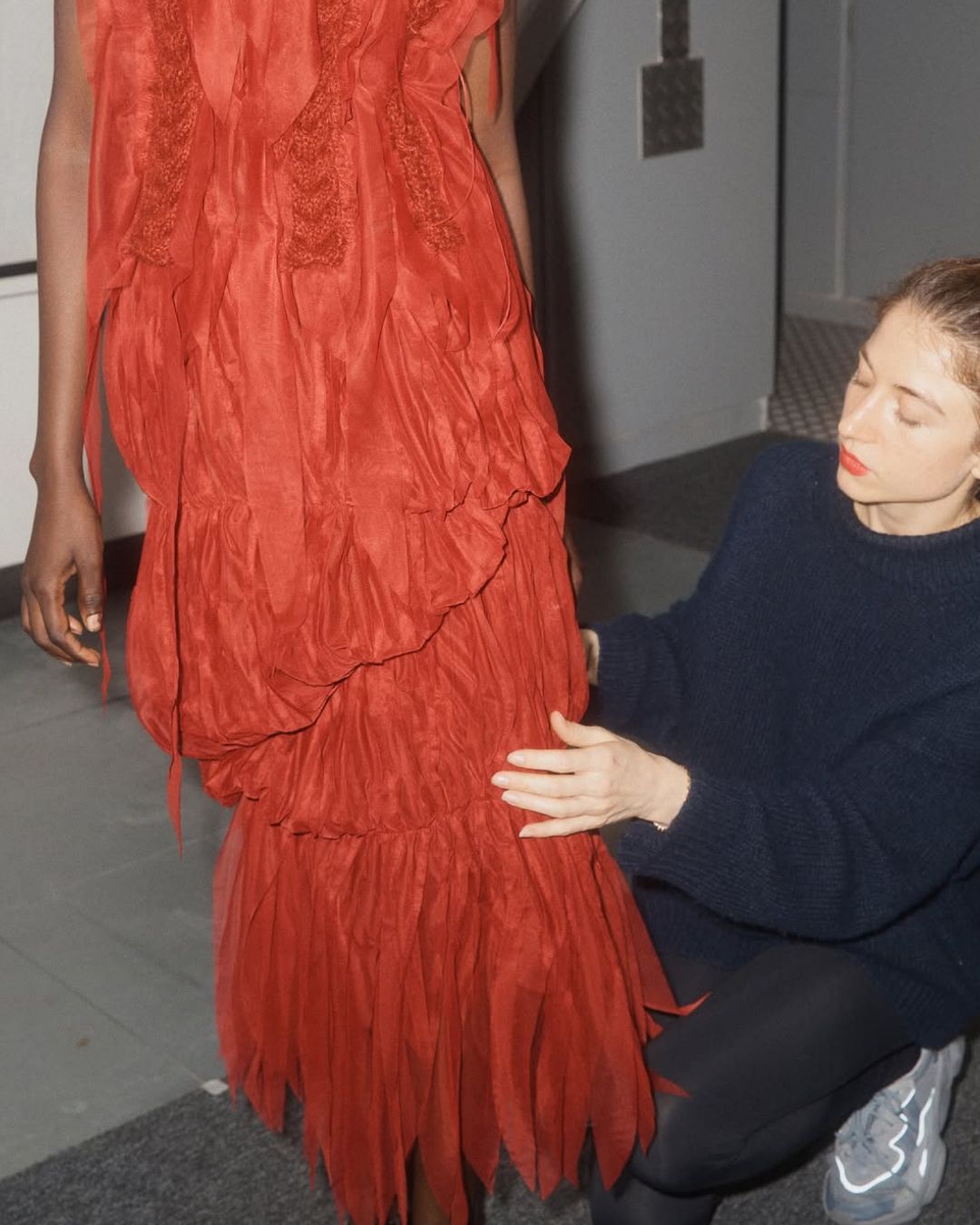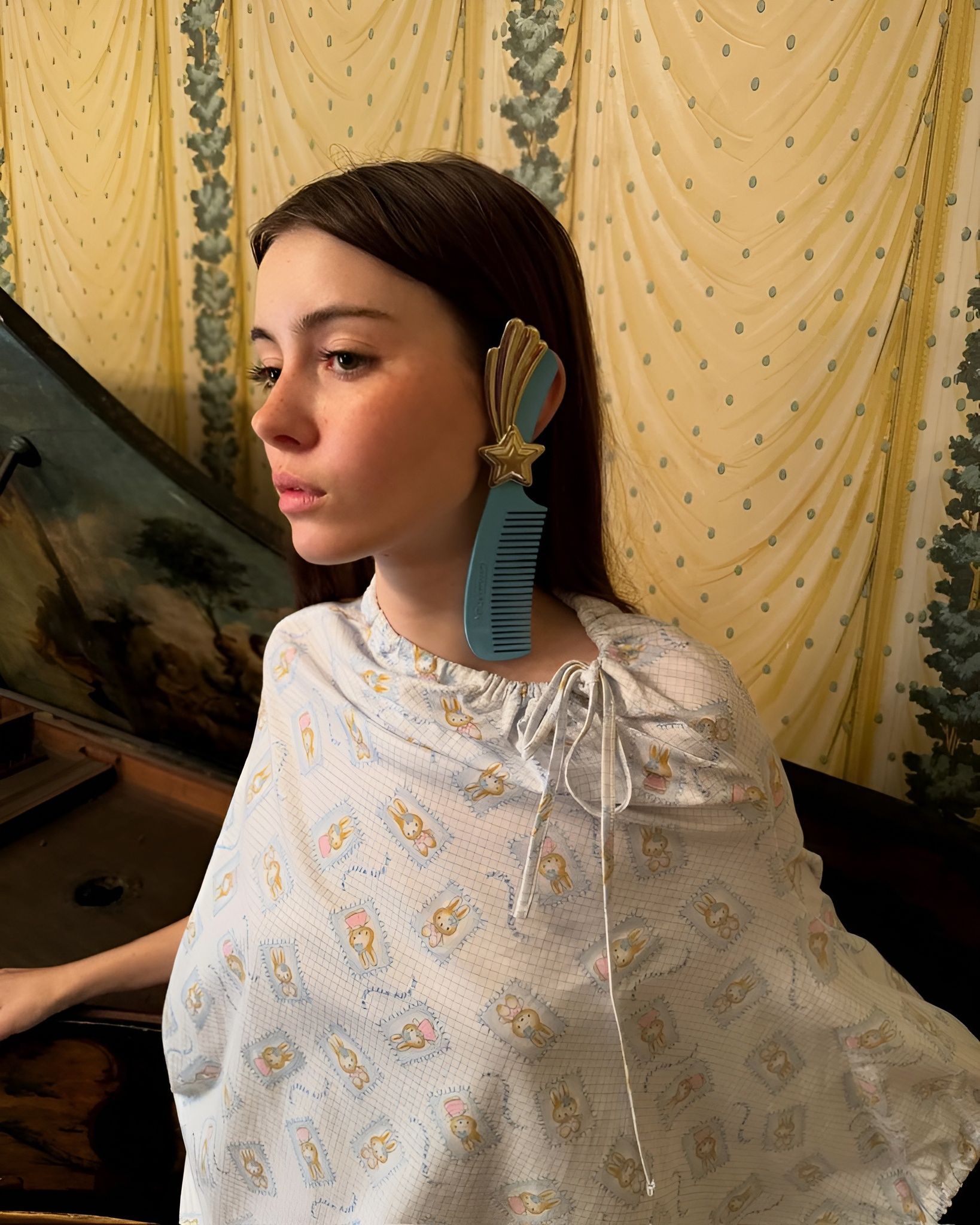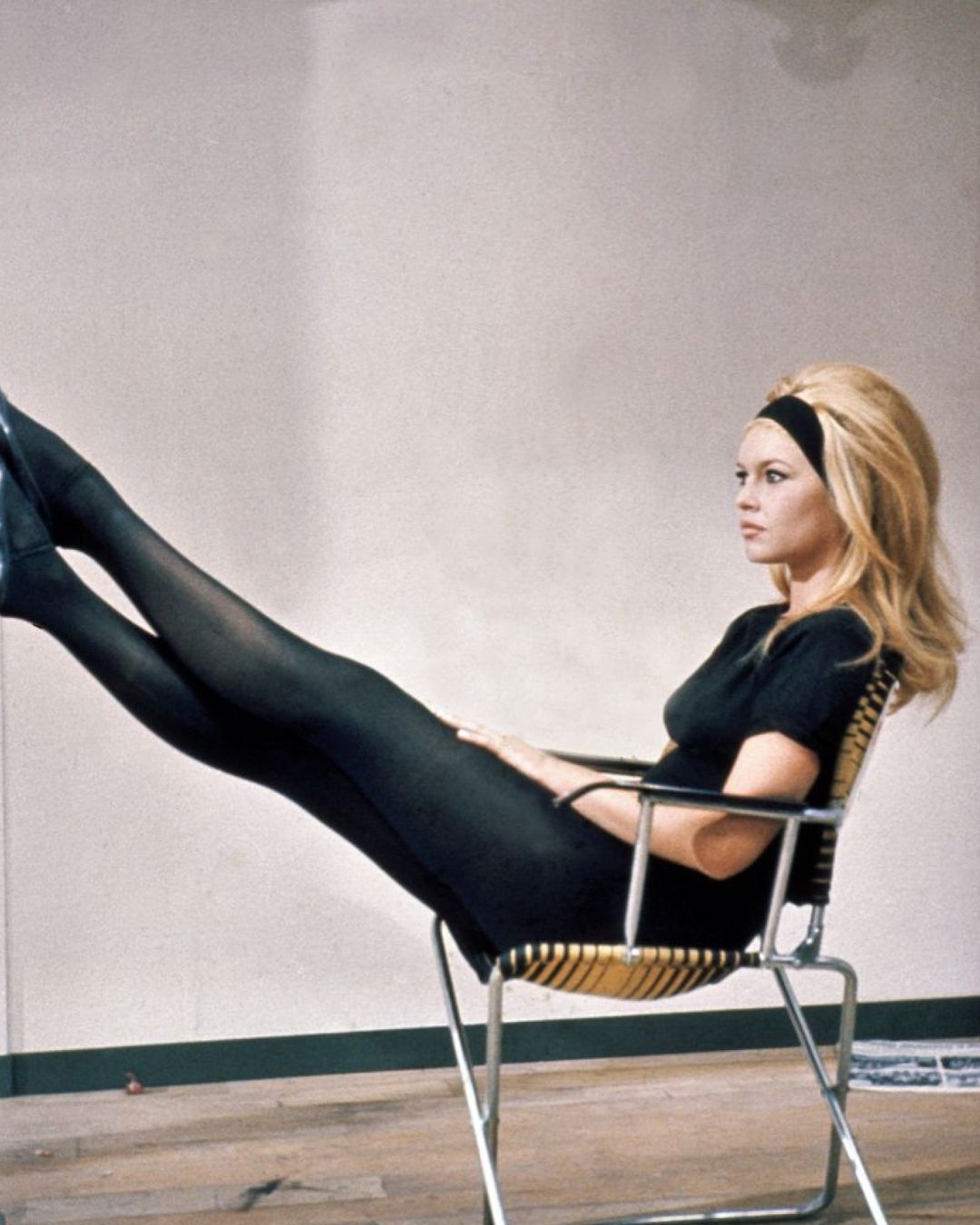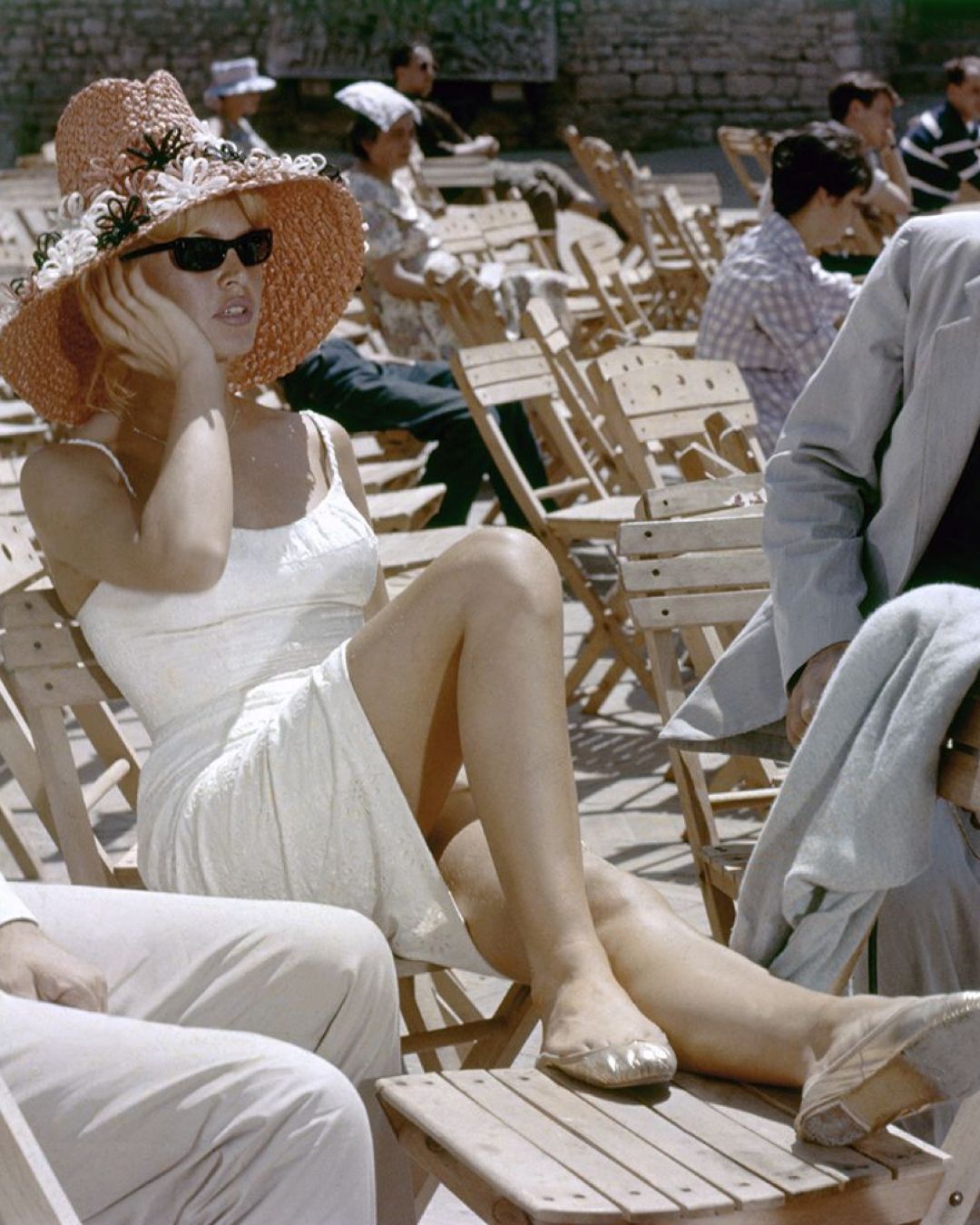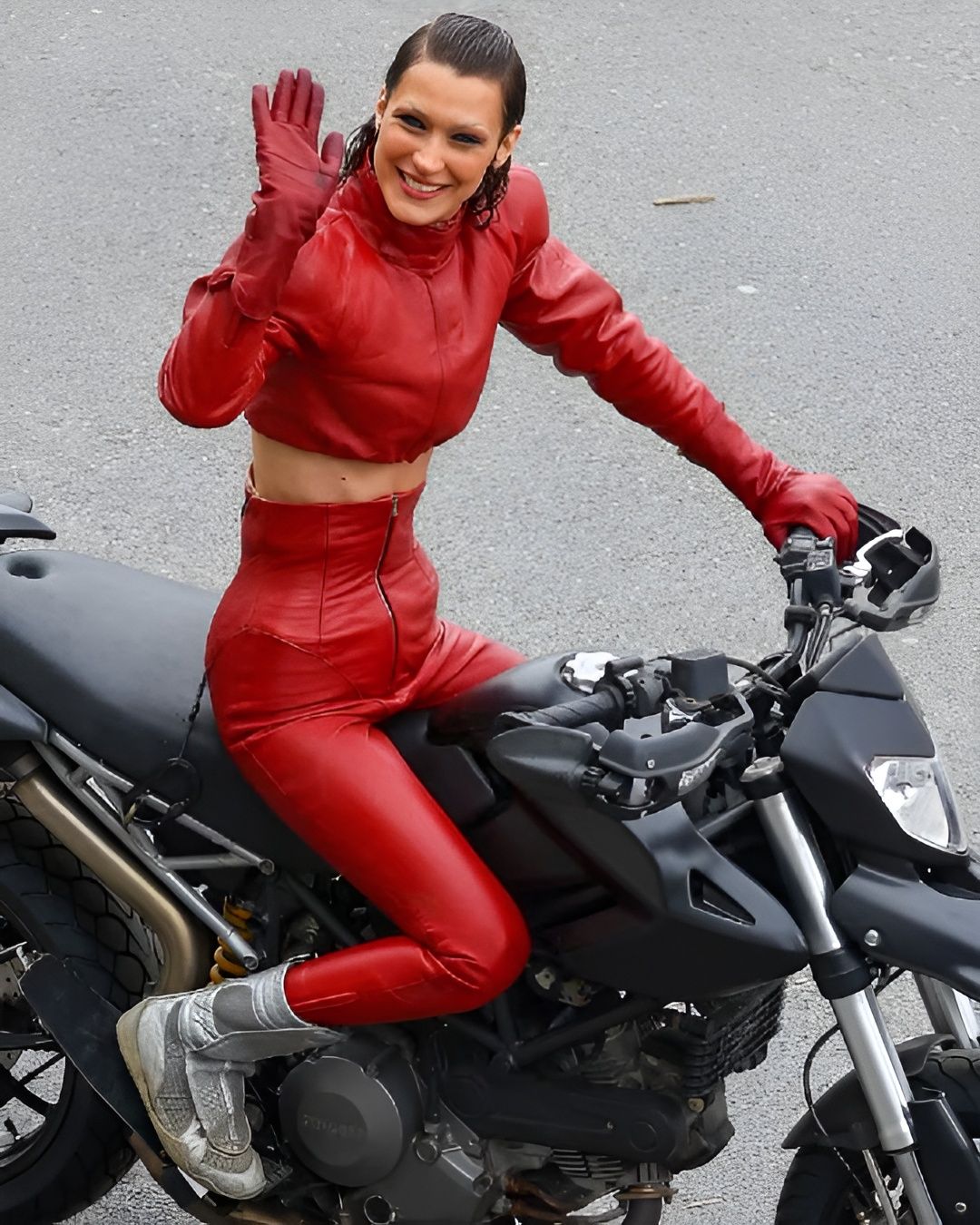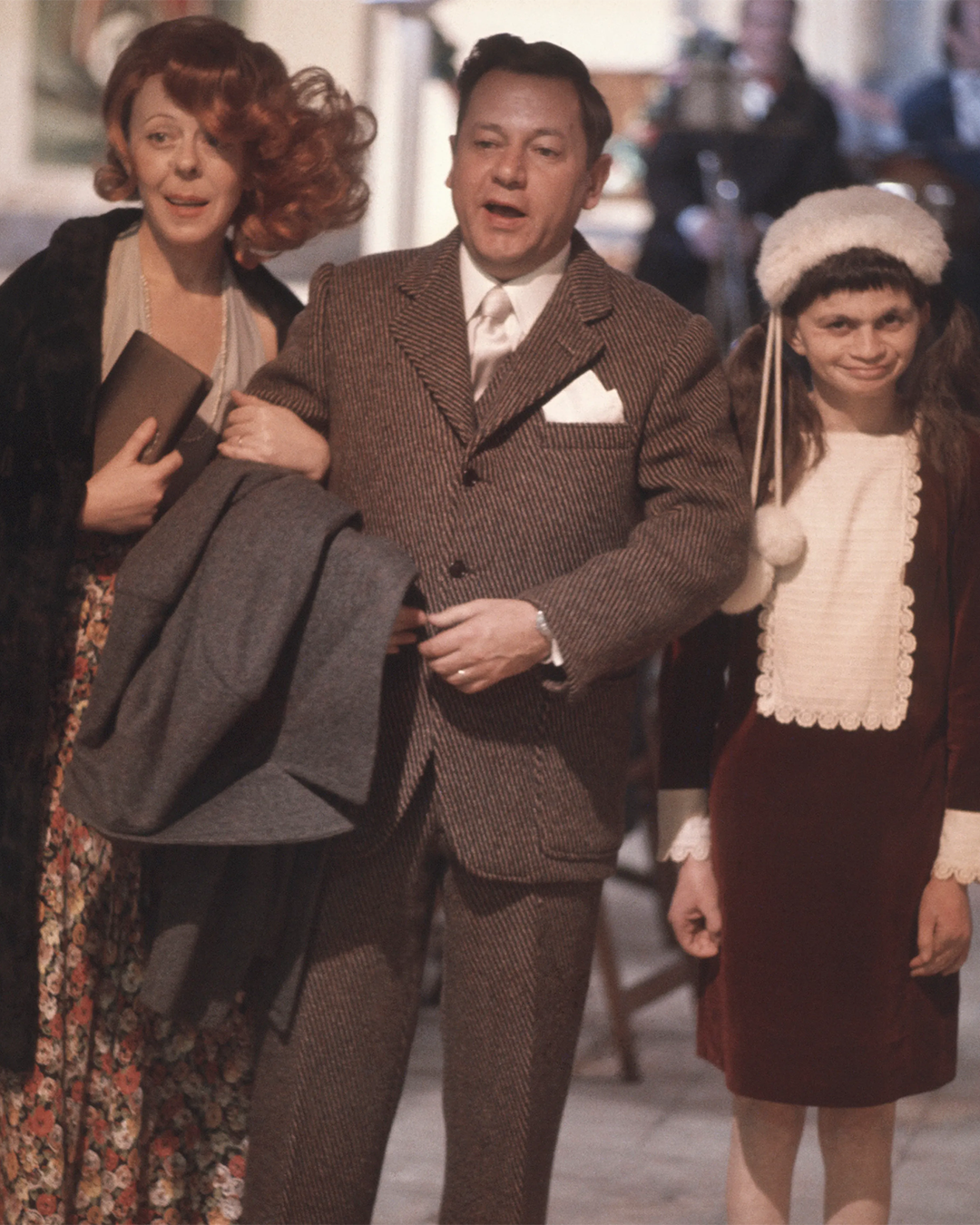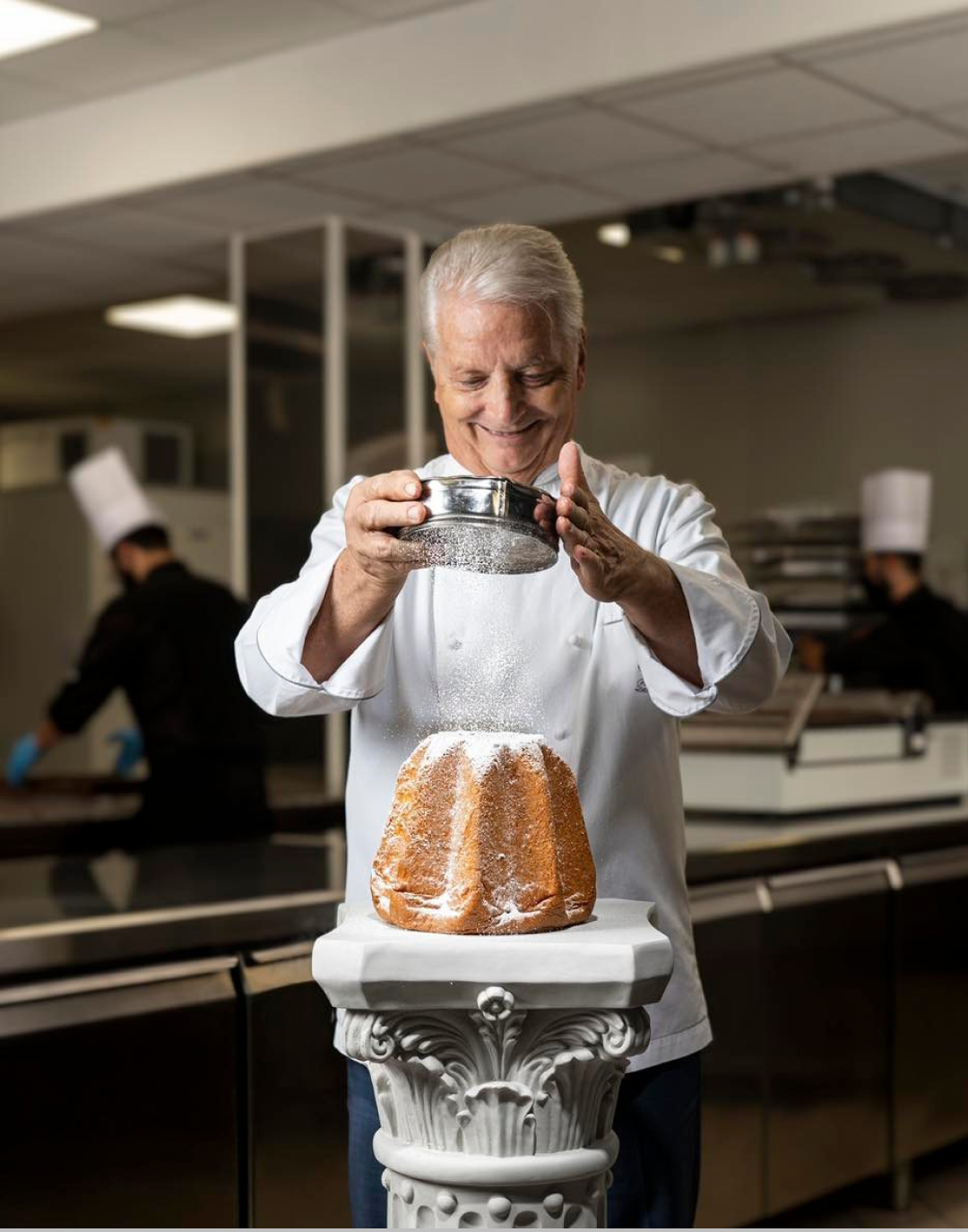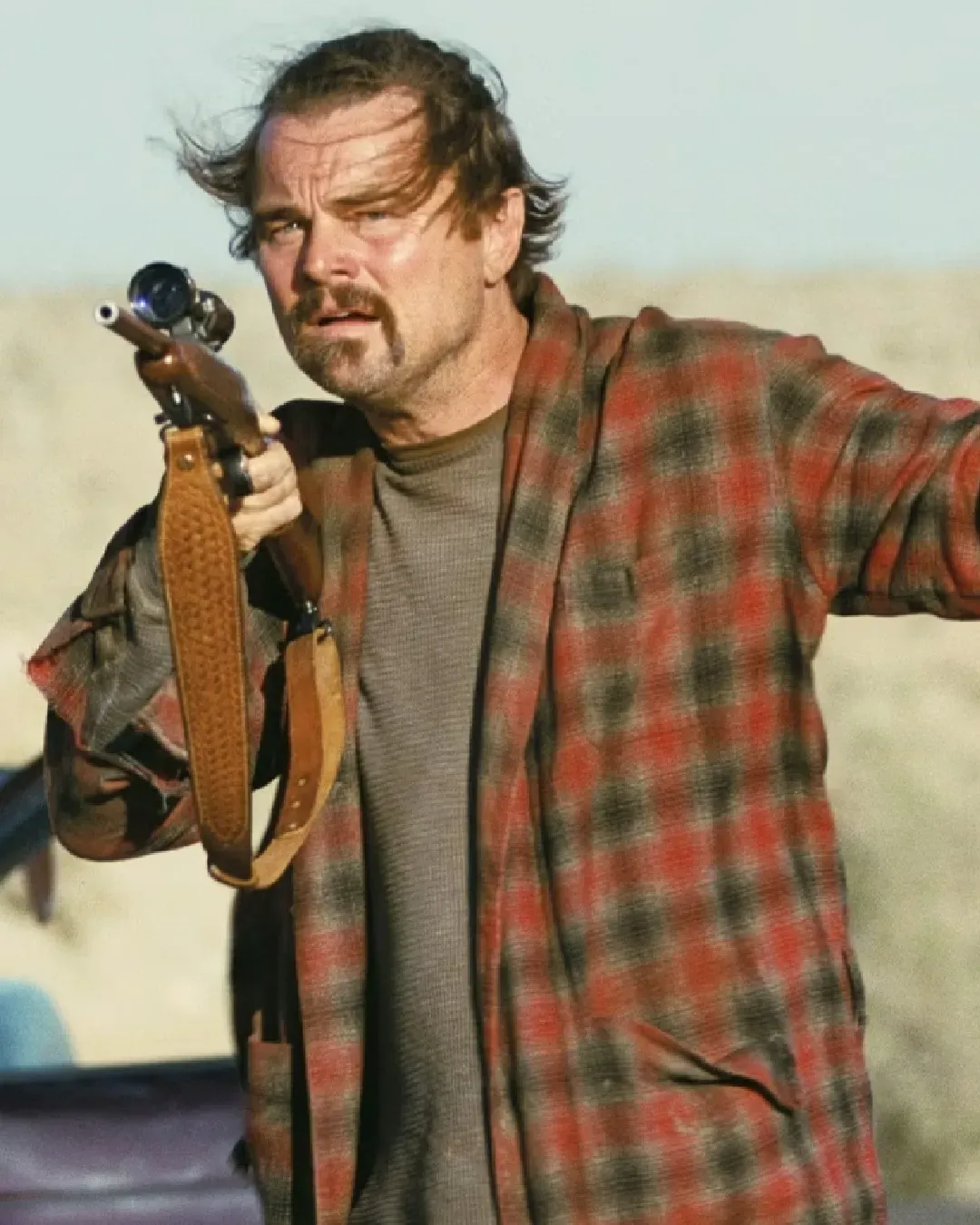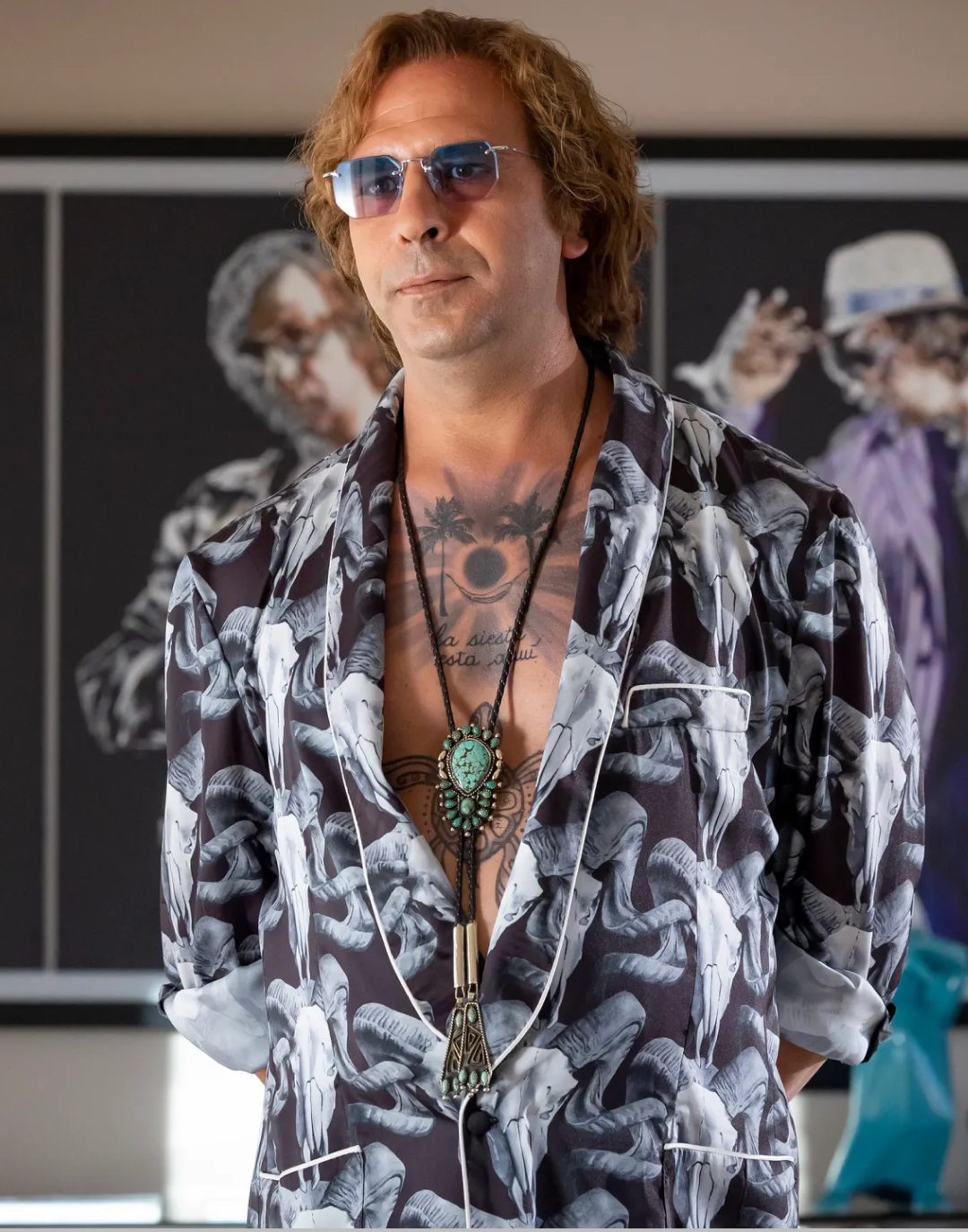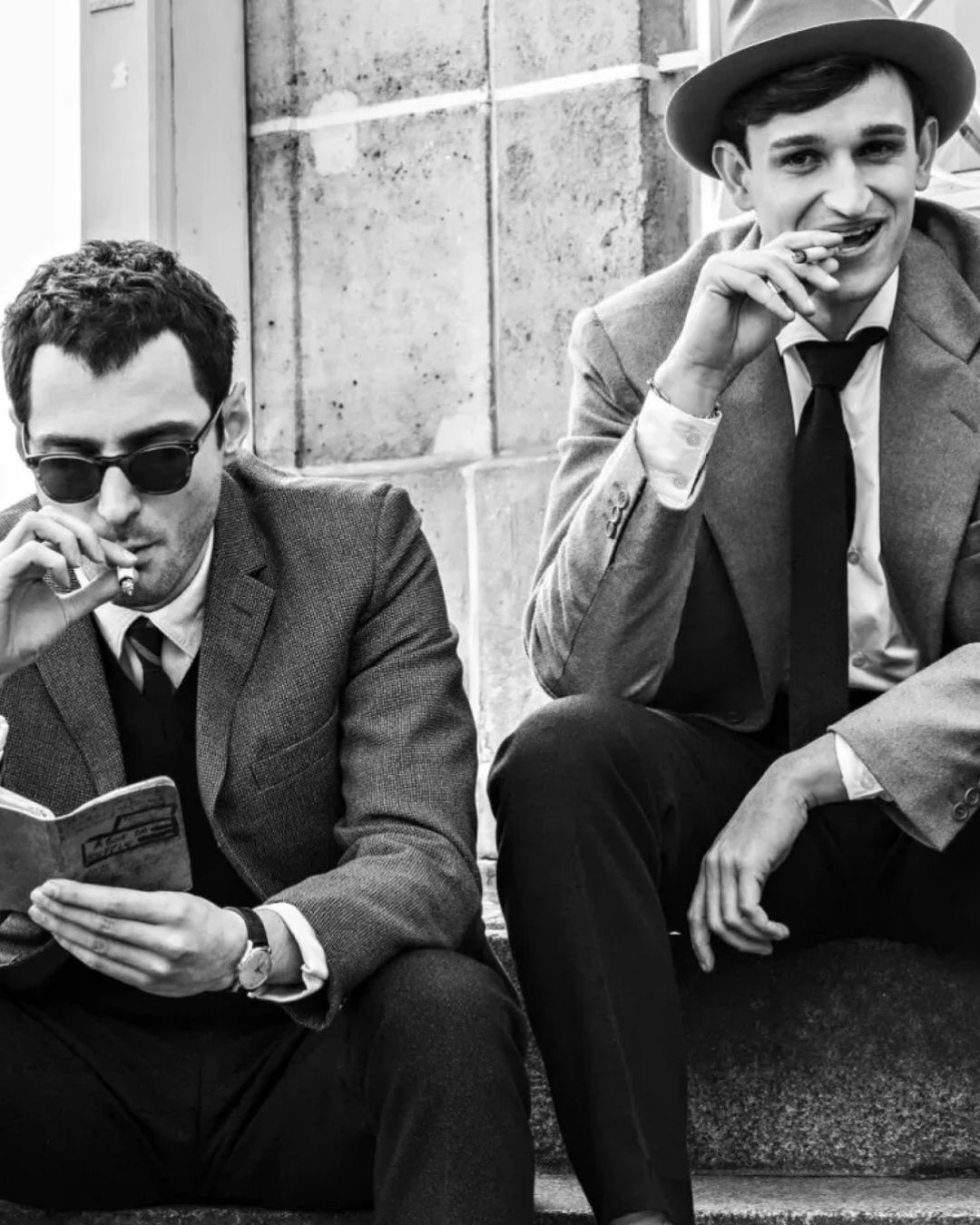
Linklater’s Nouvelle Vague is a black-and-white snapshot of a cinema in transition The film tells the behind-the-scenes story of Jean-Luc Godard’s masterpiece Breathless
True, essential, fast. That’s how Jean-Luc Godard wanted cinema to be, his cinema, his directorial debut in 1960, Breathless. The Parisian director arrived after his brothers of the French New Wave and the global scene, adopted sons of Roberto Rossellini and already acclaimed with François Truffaut’s The 400 Blows and the triptych Le beau Serge, The Cousins and Web of Passion by Claude Chabrol. Critics of the Cahiers du cinéma, revolutionaries of the written word before the film reel, the young Turks turned years of theorized ideas into cinematic testaments. Their policy became the very material with which they directed and edited their films. True, essential, fast is also Nouvelle Vague by Richard Linklater, the second work by the director and screenwriter of 2025, following the acclaimed Blue Moon, another art-for-art's-sake adaptation presented at the last Berlinale, centered on librettist and lyricist Lorenz Hart during the opening night of the musical Oklahoma!. This time, the event the author recounts is the making of Godard’s indomitable directorial debut (who directed a film with the same title in 1990), presented at the 78th edition of the Cannes Film Festival, a mecca for world cinema and for Godard himself.
All ferment and citations, the author sets out to shoot in twenty days the film that would change the face of the seventh art. Indeed, true, essential, fast is Breathless. These were the methods of the filmmaker to capture reality, the only thing that matters, far more than any continuity between scenes. A work written on scraps of paper, with cast and crew deprived of any coordinates that might disperse the truth Godard wanted to capture – sometimes even due to lack of inspiration, a need that required taking a break (from only twenty days). The arrogance, the hunger, even the need for success that young Jean-Luc Godard would never have admitted to hoping for, make Linklater’s Nouvelle Vague a cinematic exegesis of a turning point for future filmmakers. Genius or reckless, one wonders who has to work with the mad, ironic, unpredictable thirty-year-old. True, essential, fast: in the film, Godard is still a rookie while to the audience he is already a master giving some of his most important lessons, never sacrificing the awareness of making history along with his companions. The school of (future) cinematic authorship is humorous and brilliant, living and reliving through a filmmaker like Linklater, who might seem distant from Godard’s French touch. But it was exactly contamination and change that the Cahiers du cinéma and its directors spoke of, the unprecedented born from homage that could go from the neorealism of Journey to Italy to the noirs of Humphrey Bogart.
They are the eyes of Truffaut and Godard, whose debuts live not only on the big screen, but in Nouvelle Vague are reflected in the sunglasses of the Breathless director, absorbed to feed on cinema and then return it in another form (as the director liked to repeat: “Good artists copy, great artists steal”). Only one command rules for the novice filmmaker: let yourself be surprised, as seen in the film’s most moving scene, with Zoey Deutch’s Jean Seberg leaving her director speechless during the death finale of the character Michel Poiccard played by Jean-Paul Belmondo/Aubry Dullin (after all, the original title is À bout de souffle, or breathless). Cuts, loss of raccords, continuous flow of life and change: Godard truly succeeded in giving meaning to the concept of cinema as a moving art, finding lyricism in any corner, even without sacrificing narrative, and vice versa. True, essential, fast is thus the way one easily falls in love with the Nouvelle Vague recreated by Richard Linklater, crystallized in everyone’s memory and returned by the filmmaker to move, speak, laugh, create, and above all, teach once again.


